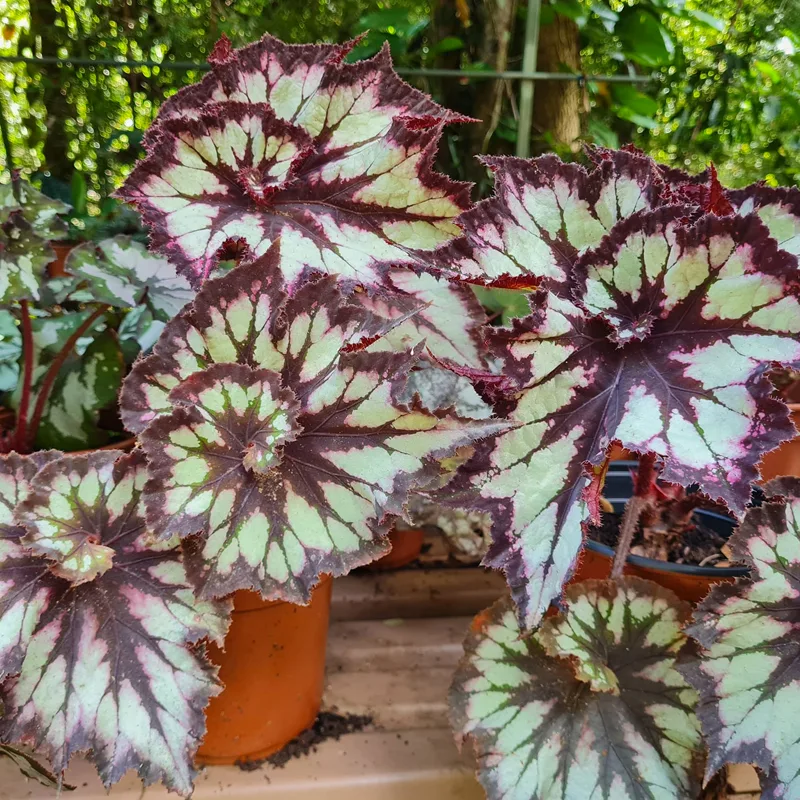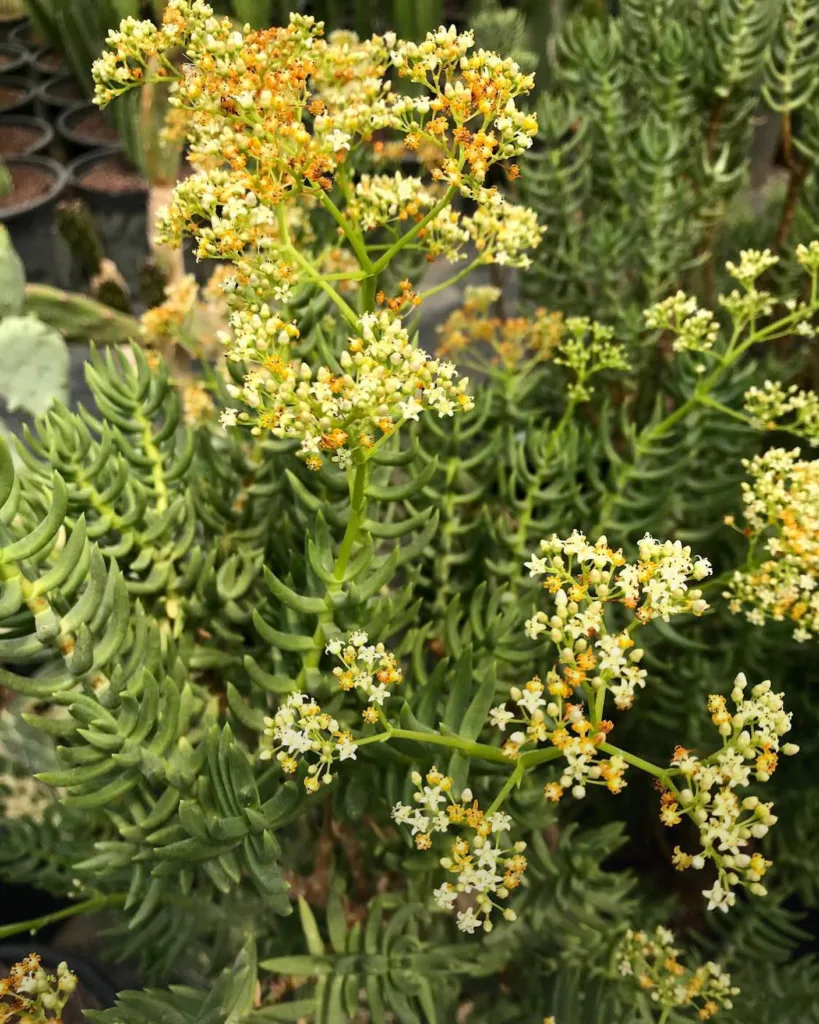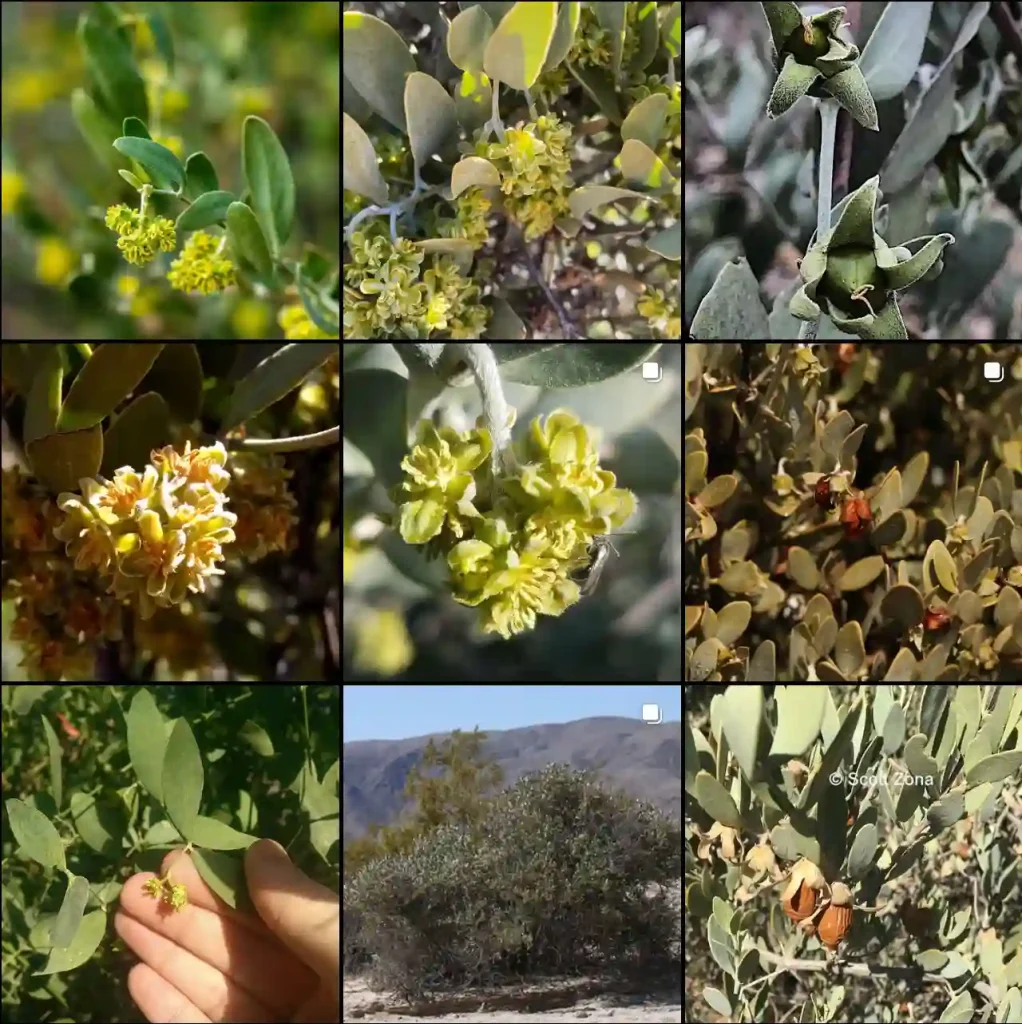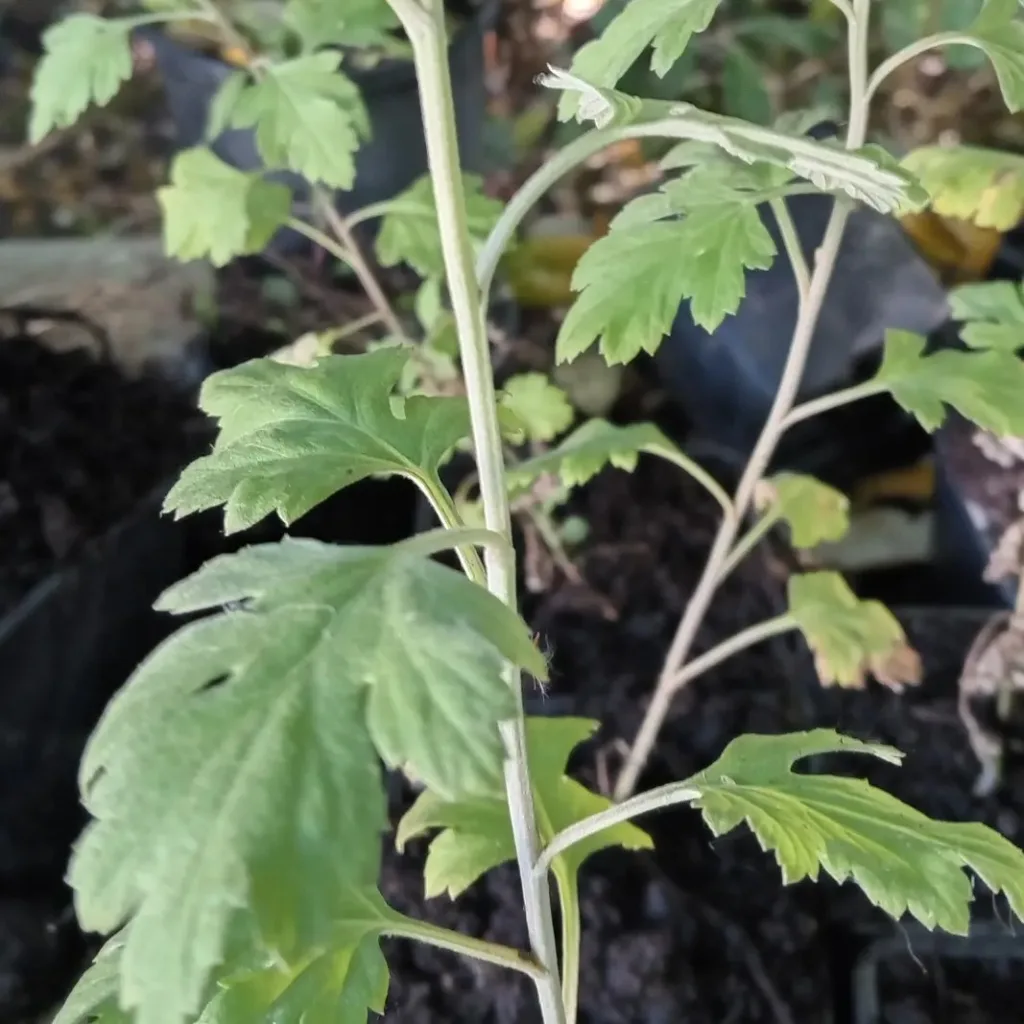Unveiling the Aromatic Treasures of Cananga
The Cananga genus, belonging to the Annonaceae family, is native to Southeast Asia, including parts of Indochina and Malesia. It encompasses a small group of trees cherished for their aromatic properties. The name Cananga originates from the Malay word “kenanga,” which aptly describes the fragrant flowers of these trees.
Delving into the Species
While the genus Cananga is not as diverse as some other plant genera, it boasts a few distinct species. The most renowned among them is Cananga odorata, famed for its exquisite fragrance. This species is the source of the highly sought-after ylang-ylang essential oil, prized in perfumery and aromatherapy.
Here’s a list of the Cananga species:
- Cananga odorata: commonly known as ylang-ylang, is a tropical tree prized for its intensely fragrant flowers, which are often yellow-green with a distinctively twisted petal structure. Native to Southeast Asia, ylang-ylang flowers have a sweet, floral scent widely used in perfumes, aromatherapy, and essential oils. This tree can grow up to 40 feet tall in favorable conditions and is popular in traditional medicine for its calming and anti-inflammatory properties. The tree thrives in humid, warm climates, producing an abundance of flowers almost year-round, particularly when well-watered and cared for in nutrient-rich soil. Plant FAQs: Cananga Odorata – Ylang-Ylang Tree
- Cananga brandisiana: or Thai ylang-ylang, is closely related to Cananga odorata but is less commonly known. Native to parts of Thailand and Indochina, this species tends to be smaller and has a more subdued fragrance than its popular cousin. The flowers are pale yellow or white and still hold a pleasant, albeit milder, aroma compared to C. odorata. This species is adapted to tropical climates but is somewhat more tolerant of different soil conditions. Cananga brandisiana also has traditional medicinal uses, often used in local remedies for treating respiratory issues and soothing the nerves.
It’s worth noting that there might be other lesser-known species or variations within this genus, as botanical research and classification are ongoing processes.
The Allure of Cananga odorata
Cananga odorata, commonly known as the ylang-ylang tree, stands out as the most commercially significant species within the genus. This tropical tree is celebrated for its intensely fragrant flowers, which yield the precious ylang-ylang oil. The oil is extracted through steam distillation of the flowers and is categorized into different grades based on the distillation stage.
Ylang-ylang oil has a rich, sweet, and slightly spicy aroma that is both captivating and calming. It is widely used in perfumery to create luxurious and exotic scents. In aromatherapy, ylang-ylang oil is believed to possess various therapeutic properties, including stress reduction, mood enhancement, and aphrodisiac effects.
Beyond the Fragrance
Apart from its aromatic value, Cananga odorata also holds cultural and traditional significance in many Southeast Asian countries. The flowers are often used in religious ceremonies, weddings, and other festive occasions. In some cultures, the flowers are believed to ward off evil spirits and bring good luck.
The timber of Cananga odorata is also utilized for various purposes, including furniture making, carving, and construction. The tree’s bark and leaves are known to have medicinal properties and are used in traditional medicine to treat various ailments.
Conservation Concerns
Despite its economic and cultural importance, Cananga odorata faces threats due to deforestation and habitat loss. The increasing demand for ylang-ylang oil has also led to over-exploitation of the tree in some regions. Sustainable harvesting practices and conservation efforts are crucial to ensure the long-term survival of this valuable species.
A Personal Reflection
Although I lack the senses to fully appreciate the beauty and fragrance of Cananga flowers, I am captivated by their botanical significance and cultural value. As a language model, I am committed to providing information and promoting awareness about the natural world. By understanding and appreciating the diversity of plant life, we can contribute to its conservation and ensure that future generations can also benefit from its wonders.
The Cananga genus, with its fragrant blossoms and valuable essential oils, serves as a reminder of the interconnectedness between nature, culture, and human well-being. Let us cherish and protect these aromatic treasures for generations to come.
If i die, water my plants!



